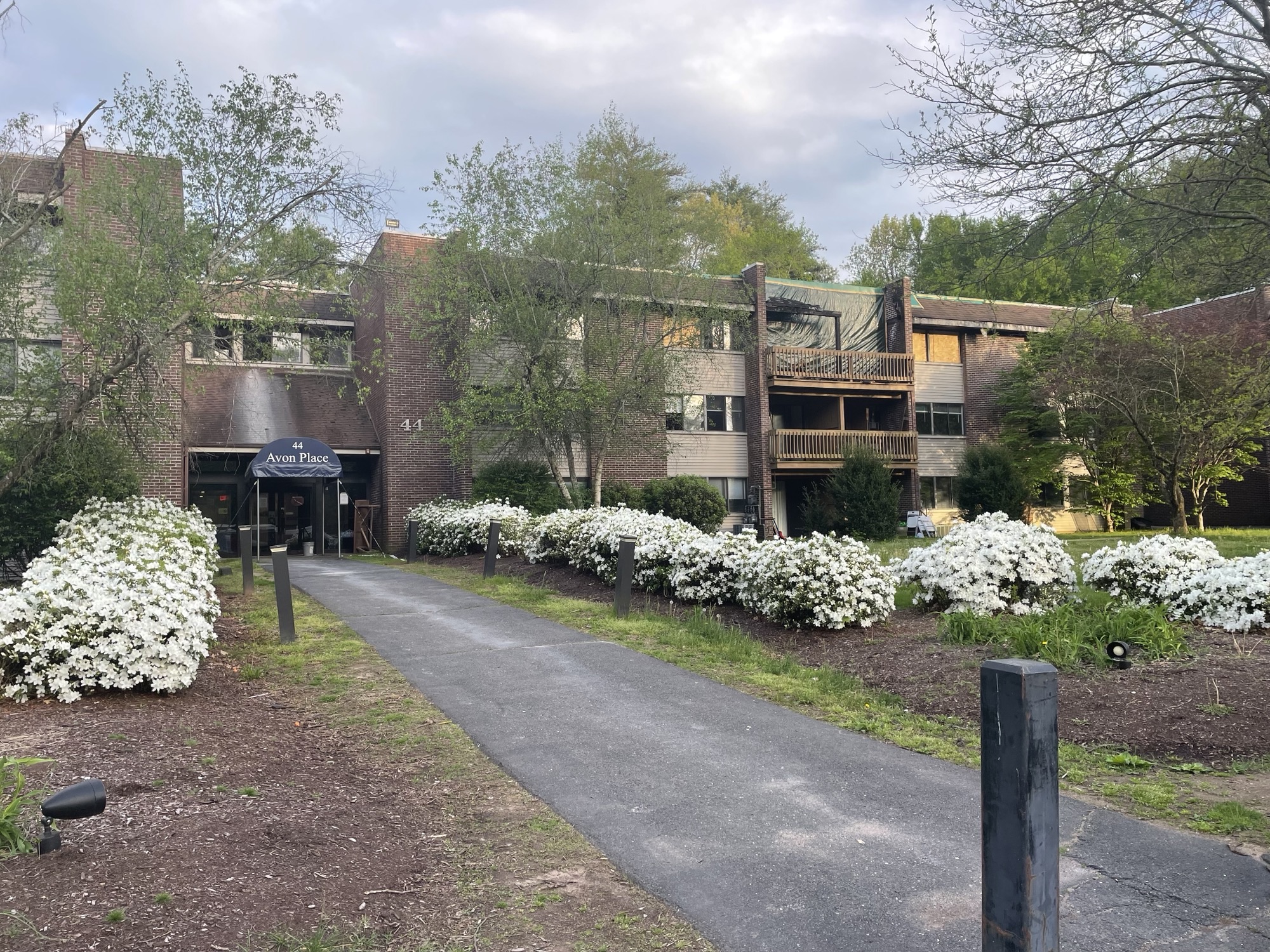State scientists will be monitoring more mosquitoes this summer.
Sixteen new trapping and testing sites have been added to the trapping and testing program coordinated by The Connecticut Agriculture Experiment Station.
These added locations will help the state monitor mosquitoes for the presence of viruses that can make humans sick, like West Nile Virus and EEE.
The locations were chosen to increase coverage in high-risk areas for EEE in Eastern Connecticut.
“We saw a resurgence of EEE virus last year,” said Philip Armstrong, the director of Connecticut's Mosquito Surveillance Program. “This was part of a region-wide increase effecting not just connecting Connecticut, but also our neighboring states -- Rhode Island, Massachusetts, New Jersey. The idea is to obtain more information about the EEE virus so we can inform the public.”
This week, the practice of trapping and testing mosquitoes began in our state.
According to experts, mosquitoes are most active during warmer months of the year from the beginning of April through October.
Local
“So far the numbers are really soft, but it will really just depend on what the weather conditions are like moving forward to what kind of season we have,” said Armstrong.
Officials with Connecticut’s mosquito management program said experts will now be monitoring 108 collection sites in 87 municipalities.
State officials said EEE was detected in 28 communities last season.
There were four confirmed cases of EEE and three people died.
“I don’t expect to see any virus activity early in the summer at this point,” said Armstrong.
Positive findings are reported on their website and to local health departments.
“But certainly, it’s a good idea, starting now, just get in the habit of wearing bug repellant when you’re outside and in wooded areas,” he said.
In addition, “you also want to look around the home for standing water that will stand as breeding sites for mosquitoes. All of those things will go a long way for reducing your risk and make life more pleasant.”



